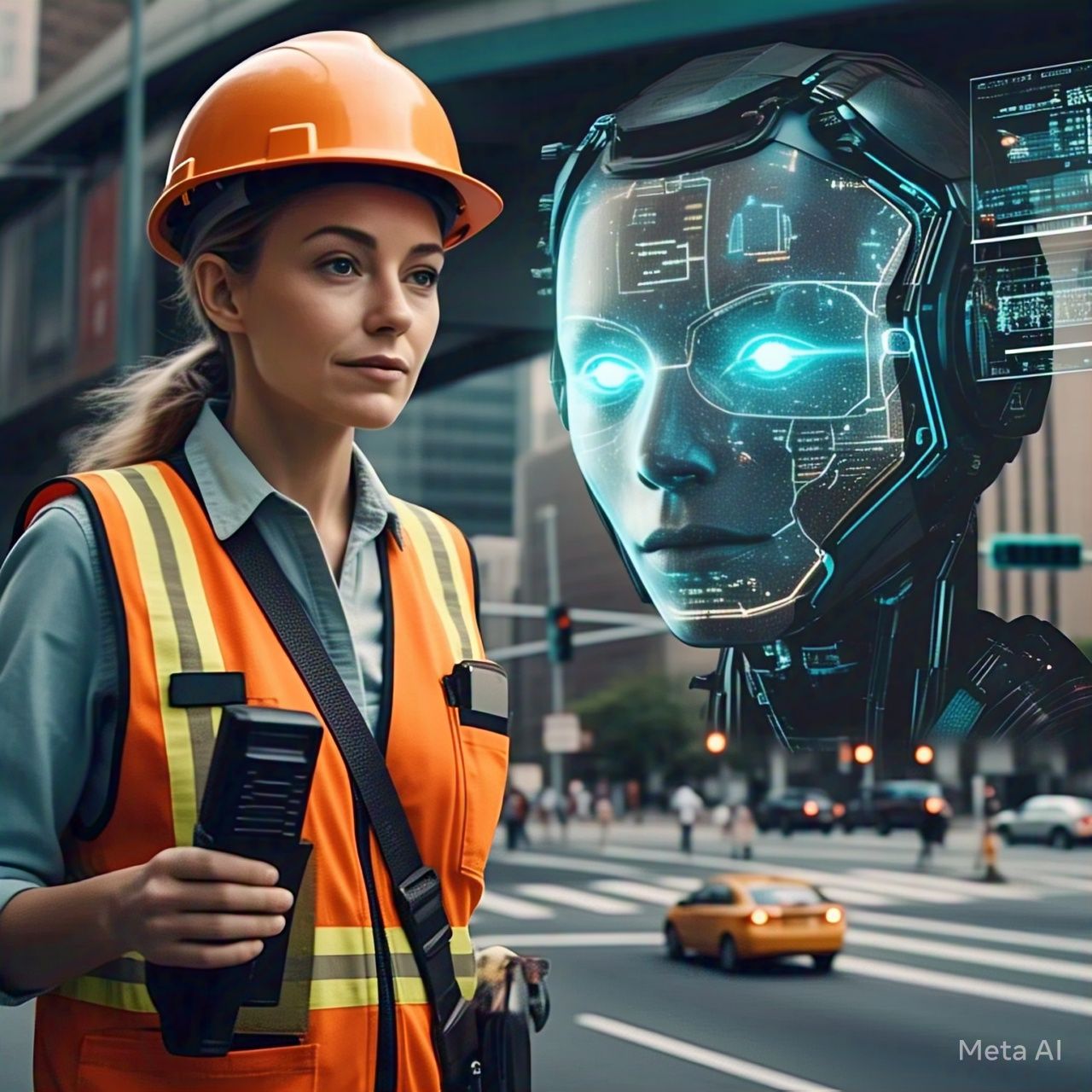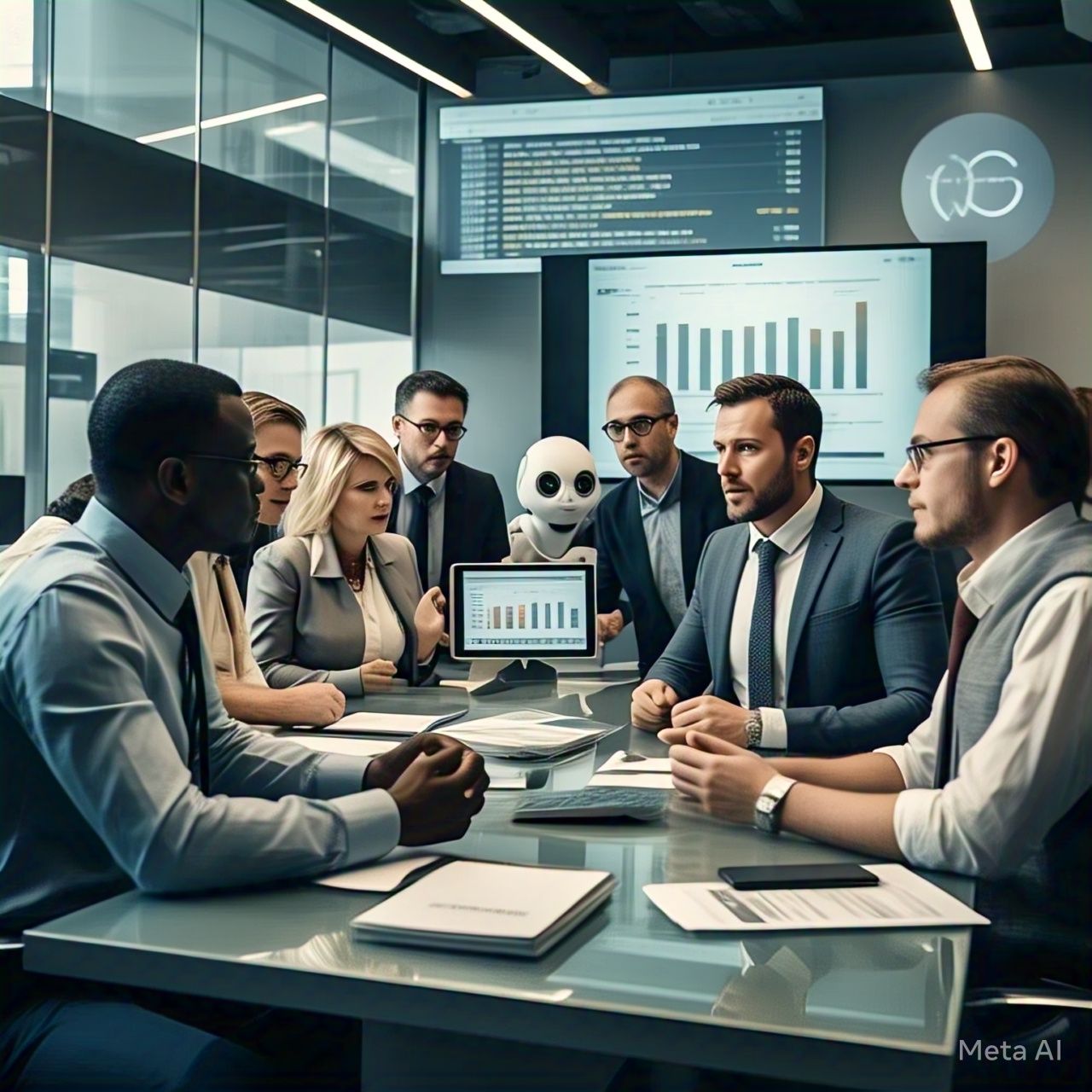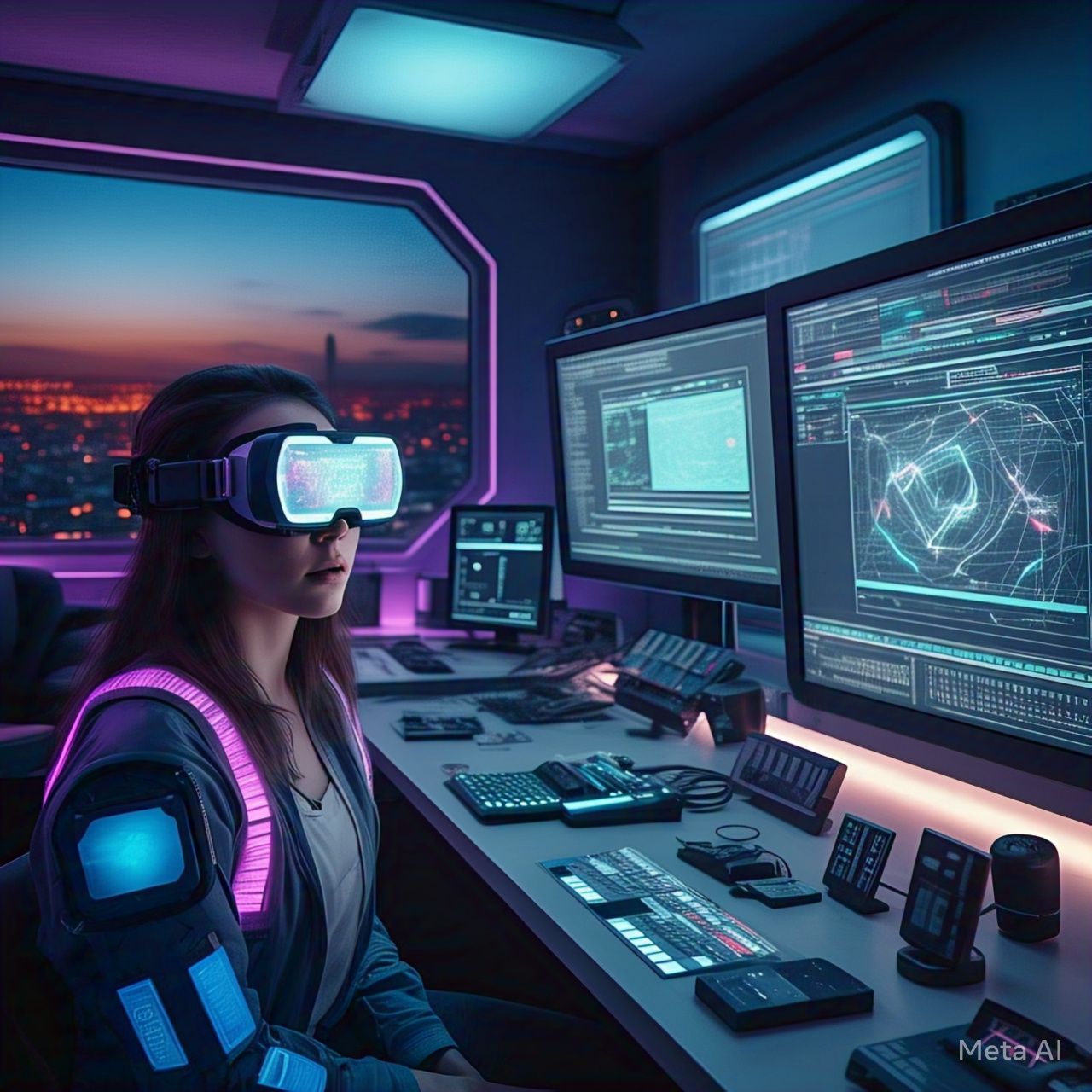Table of Contents
- Introduction
- The Role of Traffic Control in Modern Cities
- Human Traffic Control: Strengths and Weaknesses
- AI in Traffic Control: Capabilities and Challenges
- AI vs. Human Traffic Management: A Comparative Analysis
- Case Studies: Cities Using AI for Traffic Management
- Ethical and Social Implications of AI Traffic Control
- The Future of Traffic Management: AI, Humans, or Hybrid Models?
- Conclusion
- FAQs
1. Introduction
Traffic congestion is a growing problem in urban areas worldwide. Inefficient traffic management leads to increased commute times, air pollution, and accidents. Traditionally, human traffic controllers have been responsible for managing road networks, but artificial intelligence (AI) is now being integrated into traffic control systems. This article explores whether AI can outperform humans in traffic management and what the future of traffic control looks like.
2. The Role of Traffic Control in Modern Cities
Effective traffic control ensures smooth vehicular movement, minimizes congestion, and enhances road safety. The main functions of traffic control include:
- Regulating traffic flow through signals and signs.
- Managing congestion in high-density areas.
- Responding to emergencies and accidents.
- Implementing road safety measures.
Both human and AI-based traffic controllers aim to achieve these goals, but their approaches differ significantly.
3. Human Traffic Control: Strengths and Weaknesses
Human traffic control relies on traffic police, manual signal adjustments, and real-time decision-making based on experience. Advantages of human traffic controllers include:
- Adaptability: Humans can make on-the-spot decisions based on unpredictable situations.
- Understanding of Human Behavior: Officers can interpret gestures, driver frustration, and road conditions.
- Law Enforcement: Human controllers can issue tickets and handle law violators.
However, there are significant drawbacks:
- Delayed Response: Humans react slower than AI in analyzing and responding to congestion patterns.
- Subjectivity and Bias: Decisions may be influenced by personal judgment, leading to inconsistencies.
- Limitations in Data Processing: Humans cannot analyze vast amounts of real-time traffic data as efficiently as AI.
4. AI in Traffic Control: Capabilities and Challenges
AI-driven traffic management systems use sensors, cameras, and predictive algorithms to optimize traffic flow. Key advantages of AI traffic control include:
- Real-Time Traffic Analysis: AI can process live traffic data to adjust signals dynamically.
- Predictive Traffic Management: Machine learning algorithms can forecast congestion and suggest preventive measures.
- Automation and Efficiency: AI reduces human workload and operates 24/7 without fatigue.
- Reduced Human Error: AI minimizes mistakes associated with human subjectivity and fatigue.
Challenges of AI traffic control include:
- High Implementation Costs: Setting up AI-powered traffic control systems requires substantial investment.
- Cybersecurity Risks: AI systems can be vulnerable to hacking and malfunctions.
- Limited Understanding of Human Behavior: AI cannot interpret driver frustration or emotional cues as effectively as humans.
5. AI vs. Human Traffic Management: A Comparative Analysis
The table below compares key aspects of human and AI-based traffic control:
| Factor | Human Traffic Control | AI Traffic Control |
|---|---|---|
| Speed of Response | Slower due to manual decision-making | Instantaneous based on real-time data |
| Efficiency | Limited by human capacity | Highly efficient with automation |
| Cost | Lower initial cost, but labor-intensive | High initial cost, but lower long-term expenses |
| Adaptability | Flexible decision-making | Relies on predefined algorithms |
| Error Rate | Prone to human errors | Reduced errors, but technical issues possible |
| Traffic Law Enforcement | Can issue tickets and intervene directly | Requires human intervention for legal enforcement |
While AI traffic control offers efficiency and speed, human oversight remains essential for enforcing laws and handling emergencies.
6. Case Studies: Cities Using AI for Traffic Management
Several cities have implemented AI-driven traffic control systems with notable success:
| City | AI Implementation | Impact |
| Beijing, China | AI-powered traffic lights and surveillance | 30% reduction in congestion |
| Los Angeles, USA | AI traffic prediction systems | 12% improvement in travel times |
| Dubai, UAE | Smart traffic monitoring with AI cameras | 40% fewer traffic violations |
| Mumbai, India | AI-integrated signal optimization | Reduced wait times by 20% |
| London, UK | AI-assisted public transport coordination | Improved bus and metro punctuality |
These examples demonstrate how AI is revolutionizing urban traffic control, though human intervention is still necessary in certain situations.
7. Ethical and Social Implications of AI Traffic Control
AI in traffic management raises several ethical and social concerns:
- Data Privacy: AI relies on surveillance cameras and sensors, raising concerns about citizen privacy.
- Job Displacement: Automation may reduce the need for human traffic controllers, leading to job losses.
- Bias in AI Algorithms: AI systems may unintentionally favor certain road users over others.
- Accountability: In case of AI failures, determining liability can be challenging.
Governments must address these issues to ensure AI traffic control benefits society without unintended consequences.
8. The Future of Traffic Management: AI, Humans, or Hybrid Models?
Looking ahead, the most effective traffic management approach may be a hybrid system combining AI and human oversight:
- AI-Managing Routine Traffic: AI handles daily traffic flow and congestion prediction.
- Human Intervention for Special Cases: Officers manage emergencies, legal enforcement, and public disputes.
- Continuous AI Learning: AI systems will improve over time with more data and better algorithms.
With advancements in AI, cities will likely shift toward AI-driven systems while retaining human oversight where necessary.
9. Conclusion
AI traffic control has demonstrated significant advantages over human management, including efficiency, real-time data processing, and predictive capabilities. However, human oversight remains essential for law enforcement, adaptability, and handling unpredictable situations. The future of traffic management will likely involve a balance between AI automation and human intervention, ensuring safer and more efficient urban transportation.
10. FAQs
1. Can AI completely replace human traffic controllers?
No, AI can optimize traffic flow but still requires human intervention for emergencies, legal enforcement, and unexpected scenarios.
2. What are the biggest benefits of AI in traffic control?
AI improves efficiency, reduces congestion, enhances safety, and provides real-time data analysis.
3. Are there risks associated with AI traffic management?
Yes, potential risks include cybersecurity threats, data privacy concerns, and job displacement.
4. Which cities have successfully implemented AI traffic control?
Cities like Beijing, Los Angeles, Dubai, Mumbai, and London have successfully adopted AI-driven traffic management systems.
5. What is the future of AI in traffic control?
The future lies in hybrid models where AI manages routine traffic flow while humans oversee enforcement and emergency response.





